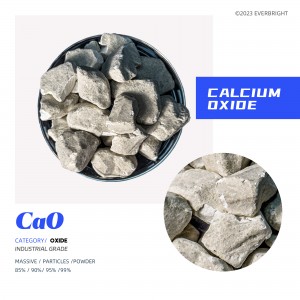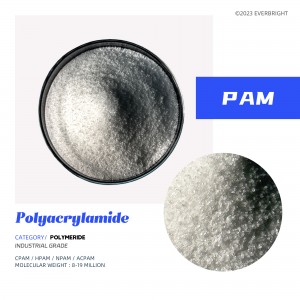-

Calcium Oxide
Quick lime generally contains overheated lime, overheated lime maintenance is slow, if the stone ash paste hardening again, it will cause expansion cracking due to aging expansion. In order to eliminate this harm of lime burning, the lime should also be “aged” for about 2 weeks after maintenance. The shape is white (or gray, brown, white), amorphous, absorbing water and carbon dioxide from the air. Calcium oxide reacts with water to form calcium hydroxide and gives off heat. Soluble in acidic water, insoluble in alcohol. Inorganic alkaline corrosive articles, national hazard code :95006. Lime reacts chemically with water and is immediately heated to temperatures above 100°C.
-

Hydrofluoric Acid (HF)
It is an aqueous solution of hydrogen fluoride gas, which is a transparent, colorless, smoking corrosive liquid with a strong pungent odor. Hydrofluoric acid is an extremely corrosive weak acid, which is highly corrosive to metal, glass and silicon-containing objects. Inhalation of steam or contact with skin can cause burns that are difficult to heal. The laboratory is generally made of fluorite (the main component is calcium fluoride) and concentrated sulfuric acid, which needs to be sealed in a plastic bottle and stored in a cool place.
-

Oxalic Acid
Is a kind of organic acid, is a metabolic product of organisms, binary acid, widely distributed in plants, animals and fungi, and in different living organisms play different functions. It has been found that oxalic acid is rich in more than 100 kinds of plants, especially spinach, amaranth, beet, purslane, taro, sweet potato and rhubarb. Because oxalic acid can reduce the bioavailability of mineral elements, it is considered as an antagonist for the absorption and utilization of mineral elements. Its anhydride is carbon sesquioxide.
-

Polyacrylamide(Pam)
(PAM) is a homopolymer of acrylamide or a polymer copolymerized with other monomers. Polyacrylamide (PAM) is one of the most widely used water-soluble polymers. (PAM) polyacrylamide is widely used in oil exploitation, paper making, water treatment, textile, medicine, agriculture and other industries. According to statistics, 37% of the world’s total polyacrylamide (PAM) production is used for wastewater treatment, 27% for the petroleum industry, and 18% for the paper industry.







